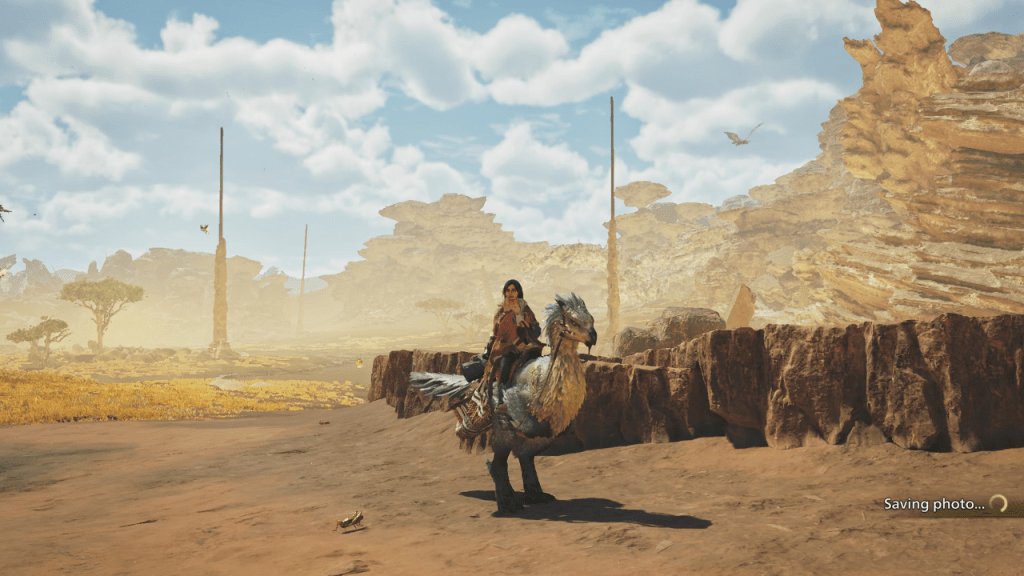Seasons and weather play a dynamic role in *Monster Hunter Wilds*’ Forbidden Lands, significantly affecting both the game's aesthetics and gameplay mechanics. Here’s a comprehensive guide on how seasons and weather impact your journey in *Monster Hunter Wilds*.
Monster Hunter Wilds Seasons, Explained

*Monster Hunter Wilds* features two distinct seasons that govern the weather in the Forbidden Lands: Fallow and Plenty. The game begins in the Fallow season, characterized by a harsh environment, intense weather events, and a scarcity of resources. During Fallow, the desperation for survival leads to increased aggression among monsters, resulting in more frequent inter-monster conflicts.
In contrast, the Plenty season offers a warmer, more inviting atmosphere, with an abundance of flora and vibrant environmental changes. During this season, small monsters exhibit less hostility and are less likely to travel in packs. The abundance of Endemic Life and various plants during Plenty makes it a time of celebration for both the villagers and players of *Monster Hunter Wilds*.
Between these seasons, brief but intense weather events known as Inclemency occur. These events heighten the weather's intensity and set the stage for dramatic battles with Apex Predators. For instance, the Pinnacle of the Pack Assignment challenges Hunters to face the Alpha Doshaguma during Sandtide, a spectacular lightning-filled sandstorm. Throughout *Monster Hunter Wilds*, you'll encounter various unique weather events during these Apex Predator encounters.
How To Check the Seasons and Weather in Monster Hunter Wilds

The Heads-Up Display (HUD) and map in *Monster Hunter Wilds* provide essential information about the current weather and season. The HUD displays icons in the bottom left corner indicating the time of day and season. For more detailed insights, access your map and press the prompted button to view the Environment Overview, which offers comprehensive data on the current weather and season.
Additionally, Optional Quests in *Monster Hunter Wilds* are set during specific times of day and seasons. When embarking on these quests, you'll be temporarily transported to the designated environment, regardless of the current season in the main game.
Related: Monster Hunter Wilds Weapon Tier List (Best Weapons to Use)
How To Change the Season and Weather in Monster Hunter Wilds
Given the significant impact of seasons on the flora and fauna in *Monster Hunter Wilds*, you might find it advantageous to switch between Fallow and Plenty depending on your hunting needs. Fortunately, the game allows you to change the seasons and weather.
To alter the season and weather, set up your tent and rest. Navigate to the BBQ Menu within your tent, then scroll to the Rest option. Here, you can adjust the Environment and Time settings for when your Hunter wakes up.
However, resting in *Monster Hunter Wilds* incurs a cost of 300 Guild Points and is only available to Hunters of High Rank. Note that you cannot rest during an active quest.
This guide covers everything you need to know about the seasons and weather in *Monster Hunter Wilds*.
*Monster Hunter Wilds is available now on PlayStation, Xbox, and PC.*
















